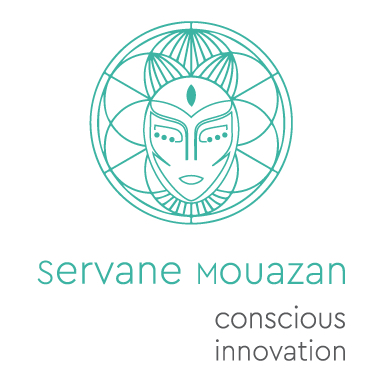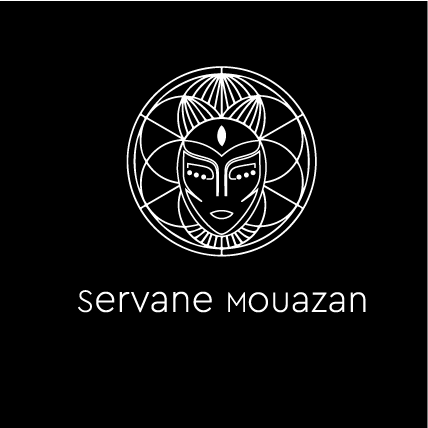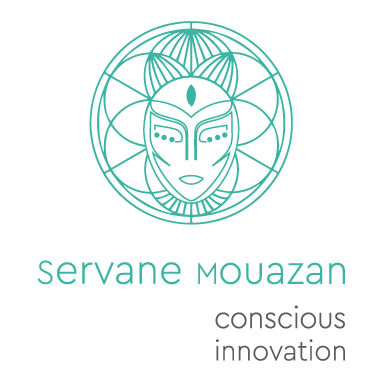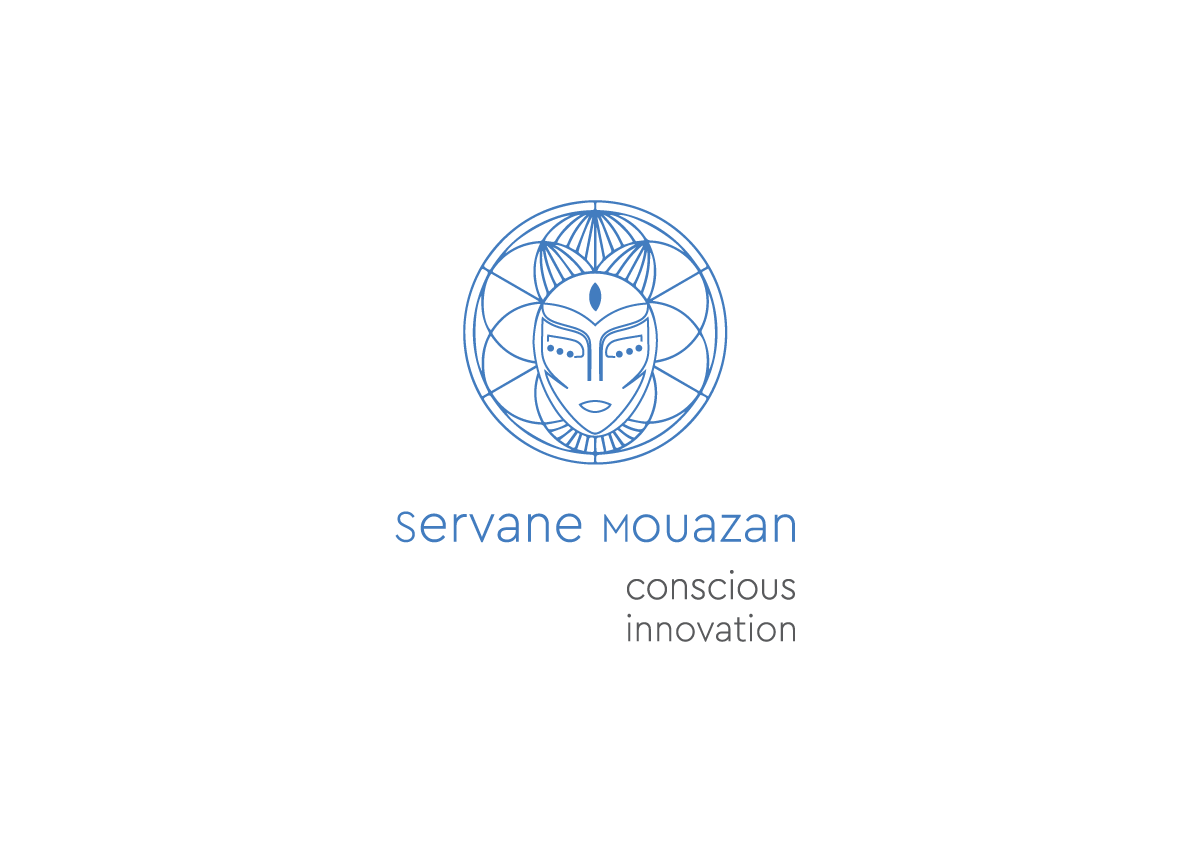Leadership is never a finished business. You cannot graduate in leadership and be done.
At Ogunte, since 2001, I have chosen to explore leadership with a gender lens and specifically with and by women who focus on changing people’s world, their social and environmental contexts. It’s a fascinating topic, and I hope my associates and I have built a loyal and faithful platform for women who are growing and leading change this way. I am learning every day with them and we share this learning through our networks.
As part of our summer online learning sessions, we invited network members to share thoughts and questions around leadership. Watch the video here.
Read the transcript:
I recently read an article about Resilient leadership in educational context. It was all about leading with open eyes.
“When things are going well, change is the last thing some school leaders want to do, so they skimp on learning. When things aren’t going well, some leaders make the dangerous mistake of believing they can’t afford to invest in professional development. Whenever top leaders quit learning, it usually means one thing: They believe they know everything they need to know. Organizations, however, are in a constant state of change. Responding to change always requires learning.” I propose you to adopt learning as a key and pivotal element of leadership.
How can one influence without authority in a big and highly hierarchical organization? Patricia Cotton, MD Upside Down Thinking, Rio Brazil.
I would shy away of talking of Influence without authority, but would rather use Leading beyond authority.Define authority, do you mean power, do you mean you have a leadership role but no positional power? There’s always something within you can lead from or with.
Let’s look at the power you have within.
- You have the power to gift support, to follow, to echo good practice, to stop false information circulating.
- You have the power to ask incisive and empathetic questions.
- Then you have the power to educate and influence through example, and responsibility.
- Finally you can influence, by elevating yourself through learning, even on the job, challenging yourself. And like a virus in nature, your positive behaviour will contaminate your peers.
You have a parallel between this question and the following:
What about influencing and developing authority and leadership in a market that is not specifically waiting for you to come in…
Let me give two examples of social innovators in the US and Nigeria.
Chinwe Ohajuruka is the founder and CEO of CDS Comprehensive Design Services– an innovative organisation dedicated to improving the lives of millions of Nigerians through affordable green housing.
Sustainable designs and renewable technologies are central to CDS’s mission of social transformation, as they strive to bring dignity, privacy, and opportunities to many living in poverty. Affordable housing is not a topic that many people necessarily want to get involved in, because it is a huge problem that even governments have a hard time tackling.
“To be commercially viable, sustainable housing construction requires land, finance, labour, technical know-how, and scale. It thrives in an enabling environment where there is government cooperation, suitable policy, and good infrastructure. All of these are in scarce supply in the regions that need the housing the most, so making the stars align is a constant uphill struggle! Housing provision requires great capital expenditure for construction and mortgage finance. We are constantly battling to find the kind of patient capital that will allow the marginalized and under-served the opportunity for home ownership”.
Megan Miller co-founded Bitty Foods and is committed to spreading the word about edible insects – crickets in particular. Crickets are an eco-friendly, high-protein source of nutrition and could well be part of the solution to securing global food security for the future. In some cultures eating insects is a done deal, and in others, people are shivering just thinking about it! Megan thoroughly researched the topic, and started socialising the idea with her friends, asking: ‘What if we all started eating insects, and we saved the world?!’ To the extent that they sort of peer-pressured her into actually trying it. They said, ‘You know, you’re gonna have to put your money where your mouth is and start cooking edible insects.’ So she did.
With a combination of well timed public speaking, publication of research, and the finding of startup farms producing crickets, they quickly found their supply chain, but very soon they had to find more crickets.
Chinwe and Megan both have an evidenced based solution, and a market that is not necessarily willing to switch, change, nor adapt instantly. They have to be clear about what they are bringing about, articulate it in a simple way, but at the same time, they have to identify what their potential customers are ready to hear, to absorb. And in this fine overlap, they will grow their authority and start to lead. In this fine overlap, they have to forge alliances, people who communicate the same message and also who are ready to build the infrastructure that will support this innovation. It is a very fine overlap, yet a hopeful one.
What’s your golden tip for leading cross-cultural teams?
There is no golden tip. However there’s something that seems to be recurrent among The Impact Women we spoke to… They reported the importance of nurturing a shared vision in their leadership. They stressed that the venture was not about them, but about the shared journey of everyone involved: staff, volunteers, investors, beneficiaries, families, communities. No one is left out and that is powerful.
Practically, you need to put representatives of these communities in the room and get their creative juices working together. It could be for a service, a product you plan to come out, a piece of research, an inquiry about their needs, their prospects, their worries…
Dr Urvashi Sahni, founder of Study Hall Educational Foundation ( SHEF), an education foundation to help underprivileged girls in India, says:
‘I used to lead from the front more, but now I have learned to walk alongside my team and learn from them, as well as teach them everything I know.It is key to develop the vision along with the people you are leading, so that it’s a shared vision. I learned very early that telling people what to do doesn’t work.’
Organisations tend to get very focused on the tactics (the ‘what’) and the ‘why’ gets lost along the way. You need to revive this and go back to it. Read our article: “How Impact Women imprint purpose and values on their business”
Another good aspect to think about, comes from Kresse Wesling, co-founder of Elvis & Kresse, a luxury accessories brand that rescues materials destined for landfill. Kresse says:
‘Ensure that your story does not belong to you; it is your stakeholder’s story, your team’s story, your customer’s story, your community’s story.’·
To recap:
- Leadership is also about finding the purpose and the vision within and keeping it very clear at all times.
- It’s about accepting that the story is not yours.
- It’s about redefining your power and what you want to influence as a leader.
What about the unfinished business of how to lead cross-cultural teams?
I am afraid there is no one size fits all answer to that question. The essence is that, to lead a cross-cultural team, you might chose to impose your view of the world, and the culture that will come out of this will be a projection of your personality. However, you might cut yourself short here. You need to be very curious and flexible as to:
a) how people need and want to be led, and
b) which leadership trait but also which skill, behaviour, insights, networks, the members of your team themselves will be able to bring to the game, that will also be the most relevant for what you are trying to achieve.
c) It requires your end vision to be clear to all.
In an article by Dr Tomas Chamorro Premuzic on Entrepreneurial leadership – “What Leadership looks like in different cultures”– discover which type of leadership is most prominent in certain countries, in the context of decision making, communication style, even dark side tendencies.
The key traits you will need to develop as a leader are certainly your fluidity, your flexibility at the same time as your consistency, how you keep purpose in sight and how you manage to keep a systemic view of the world.
How do you think we can support young people now to build a lifelong learning mentality that will make them good leaders in future? asked Angela from GlobalLearning Goals.
I love the richness of experience and storytelling. There’s nothing more enlightening that people experimenting and trying out things for themselves, that stand out, that are out of their routine. Nothing stronger than young people have the space to express questions, articulate stories about their life. We need young people to speak out more and to bring out more stories to the front, accept them as great speakers, develop these interpersonal skills that are so useful and required in the adult world. For negotiation purposes, to capture attention, to raise concerns, to manage emotions, to lead!
“Is there anything left about the subject of leadership that hasn’t already been said? Any wisdom we are yet to hear? And if so what would that be?” asked Kirstie Sivapalan from London.
This is interesting. I guess we are not finished with leadership. What is left to do is you brandishing your campaign and get on with it, get loyal followers, champions on side, as well as people who will challenge you to do more and better.In an article I shared a little while ago called “That leadership conversation you haven’t had yet” I am sharing an exercise. It is a sabotage exercise.
The Sabotage Question (Fill the blanks!)
Knowing that you are working in the field of… and the current constraints around this theme are predominantly (select practical examples) …, …, and … (and these don’t seem to go away), what would you (you, your team, your family, society) need to continue doing, or start doing more of, to make the situation even worse?
Answer here: …
Reflecting on what you would need to do to sabotage the situation really helps you to become more aware of the things that are creating problems…
Now, on your way home today, leaving your leader’s hat and any other hat behind, where do you suddenly spot the issue you are working on?
a) Here…
b) There…
c) And there as well:…
Find one reason why this is happening in that very location, or one reason why something is not happening, just there.
What if you engaged now in an impromptu conversation with … (stranger), as well as … (someone in your neighborhood), also with … (an elected councilor), and … (an executive/chair from another NGO, social business, or company) and invited them to think about… ?
What if you invited them to activate …[something] with you?
How about you do that this week?
When you get back to work, after this experience, get rid of the superfluous and start focusing on the actions and the relationships you’ve identified, until you get incremental yet evidenced results.
To have an example of how someone did that in practice, read our interview with Cecilia Milesi, peace builder, from Argentina.
She is talking about leading a movement, as opposed to an organization.
“How do we take people to a space of authentic leadership where both the male and female qualities are interested and balanced”. Kirstie, London.
As Kirstie asks the question, she immediately adds: “I wouldn’t even know where to start with that one. Maybe the point isn’t the answer it’s just to ask the question.” And I loved when Kirstie thought out loud this way there. The question is complex, because, to start with there’s not just one male side and one female side. Reality is much more complex than that, thankfully. The beauty is that we come in the most various shapes forms, abilities, vulnerabilities, voices and heritages, and experiences.
The risk is we are not all equipped to embrace our complexity. Because we are expected to communicate through boxes, stereotypes, unevidenced common beliefs.
In each community, someone needs to go the extra mile to develop empathy, care, and above all, make space. We can’t steal someone else’s speaking space when they are perfectly capable of speak for themselves. In this short introductory session on Leadership, I have highlighted ImpactWomen that you should definitely connect to, and discover how they – and their friends – have mastered the topic of leadership, each in their own way.
About Ogunte CIC
Ogunte CIC is an organisation that amplifies and supports Women in Social Enterprises, in various places in the world. It is a networked based organisation, made of trainers, consultants, coaches, business transformation practitioners, who truly believe in social impact made by women. Outside the one-to-one or group learning opportunities we provide for women in social enterprises and their supporters, face-to-face and online, we also have a fluid network you can join, by just pinning your social enterprise on a global map. Go to map.ogunte.com and click on “participate”.




